From understated glamour to a bold signature wow factor, chandeliers transform spaces – any spaces. Richard Kelly, designer and pioneer of architectural lighting concepts, said that “visual truth lies in the structure of light.” His descriptive terminology – play of brilliance, focal glow and ambient luminescence – speaks to the bewitching, whimsical and sculptural beauty that is a modern, vintage or antique chandelier.
Lighting is one of the most important interior design elements; it can make or break a space. Choosing a chandelier to thoughtfully communicate with the other decor elements in a room is necessary to create customised style harmony and a show-stopping moment.
The Space
Your space will always be a determining factor of the type and size of chandelier you choose. Although chandeliers are extremely versatile (and there are no real rules), there are some basic design principles that are worth considering before making the investment.
No matter how beautiful, or how much you are in love with a certain chandelier, it needs to still make sense in your space. “Too many starlets in one room will create endless drama.” -Kelly Wearstler, interior designer.
It’s all about visual decor hierarchy.
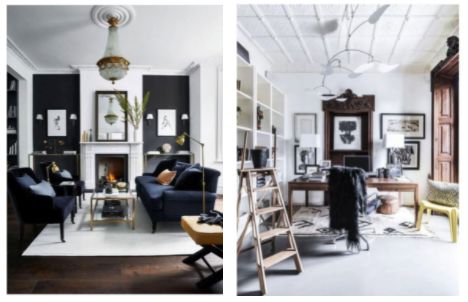
- If your room already has a number of statement pieces, a simpler, more understated chandelier will create balance and not be a visual distraction, fighting for your attention.
- If your decor style tends to be minimalist, then an ornate crystal chandelier will certainly create some much needed visual drama and anchor the space. Or go for a more modern sculptural or mid-century sputnik chandelier.
- Longer, narrower spaces (passages, entrance halls, kitchens or bathrooms), will benefit from a more linear chandelier to complement the spatial proportions.
The Placing
Depending on the layout of your room, there are various solutions as to where to hang a chandelier (or two). Traditionally, they took pride of place in the centre of a room. But the current consensus is that furniture layout and functionality should dictate the placement.
- If a chandelier is placed in an open space, where it can be walked under, the lowest point of the fixture should be a minimum of 2m from the floor or 30cm above head height.
- Over a dining table or kitchen island, there should be a 76cm to 90cm gap between the tabletop and the bottom of the chandelier.
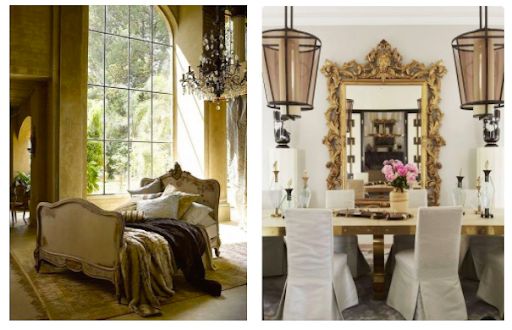
The Sizing
The scale of a chandelier should be in proportion to the room. The traditional (and imperial) ‘rule-of-thumb’ formula is as follows: room width (in feet) + length (in feet) = diameter of the chandelier (in inches). To convert that to the metric system, multiply your answer in inches by 2.5 to get centimetres. e.g. 12 feet (W) + 14 feet (L) = 26 inches (diameter) = 66cm. This will give you the minimum diameter size.
But the one cardinal rule to always follow, when it comes to chandeliers, is to go bigger rather than smaller.
The Materials
All that glitters is not gold. But when we are talking about modern, vintage or antique chandeliers, then all that glitters is crystal, brass, bronze, glass and even wood or wrought iron. No wonder there is a chandelier to fit each and every space.
Move aside soft furnishings, wallpaper and wooden floors, because chandeliers bring just as much texture, layering, warmth and functionality to a room. (They don’t just look pretty!).
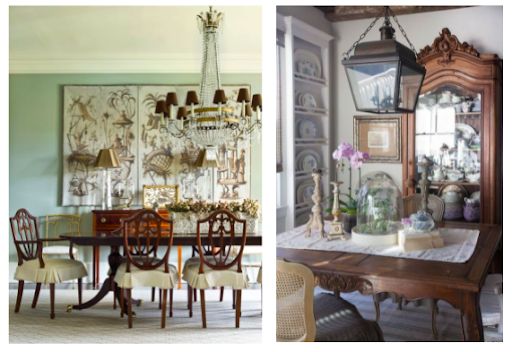
- Brass: The timeless elegance of antique brass and glass lanterns retains a simple contemporary edge. Brass is a warm metal and a wonderful complement to a variety of decor styles and eras. Traditionally ornate or modern minimalist, brass chandeliers create a sense of intimacy and they never go out of fashion.
- Crystal: It’s not hard to fall under the spell of a sparkling crystal chandelier; the way they transform a room and reflect soft light is breathtaking. From feminine romance to grand elegance, there is no excuse to not include a crystal chandelier somewhere in your home. There is also nothing more beautiful than combining a crystal chandelier with rustic accessories. And if you have smaller spaces, an alcove or just want a chandelier to hang on either side of your bed, then “Chandelettes” (mini crystal chandeliers) are an ideal decor solution.
- Wood: Not everyone is drawn to the more classic crystal or brass chandelier aesthetic. If you prefer natural materials, then chandeliers made from reclaimed wood, wooden beads (or even shells) are just as desirable and will up the ante in mid-century and modern spaces.
- Wrought iron: Whether it is a set of smaller lanterns, a large square lantern, a hexagonal lantern or an ornate chandelier, wrought iron fixtures are durable, timeless and versatile. The artistry and craftsmanship that goes into wrought iron chandeliers add immediate charm and interest to any space – indoors or outdoors.
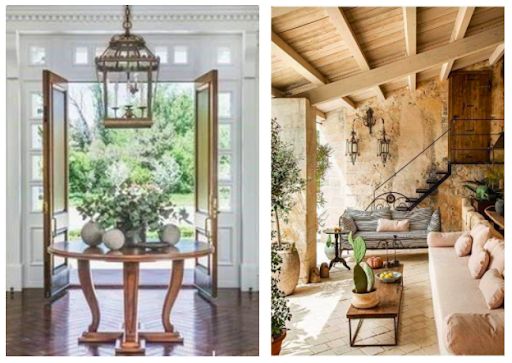
The Crown Collection
The curated selection of vintage and antique chandeliers at the Crown Collection interior decor emporium is extensive. No matter the size, the shape or the material – you are likely to find the exact fixture to be the lighting wow factor in your space.
So prepare to be mesmerized as you shop the chandelier of your dreams – either online or at our studio at 20 Ballyclare Drive in Bryanston.
[/fusion_text][/fusion_builder_column][/fusion_builder_row][/fusion_builder_container]

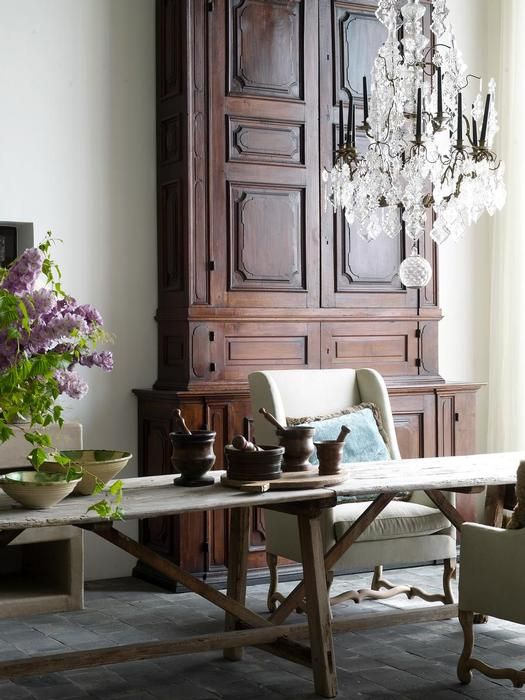
 Whatsapp us now
Whatsapp us now